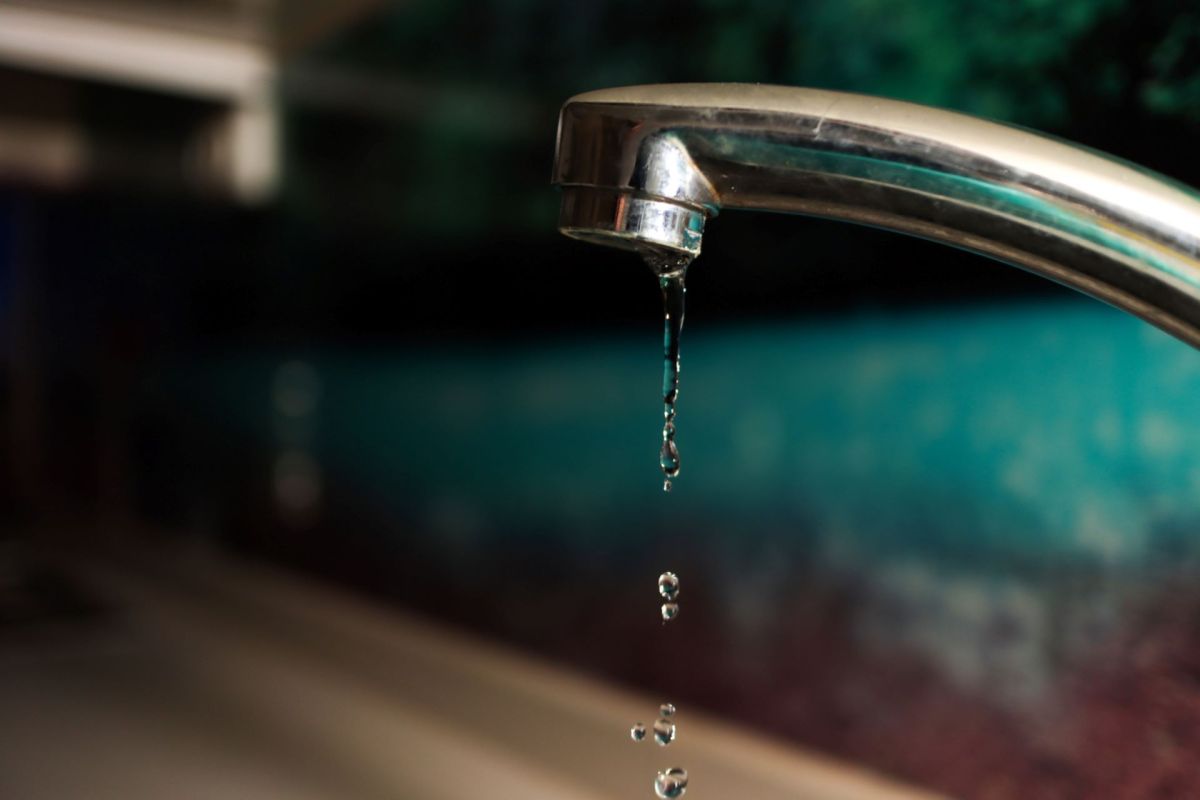Scientists are sounding the alarm after they discovered a cancer-causing chemical that had largely been overlooked by decision-makers, highlighting how tainted water is not always easy to spot.
What happened?
A six-month investigation by the Orlando Sentinel revealed that tens of thousands of people had been drinking tap water contaminated with an industrial chemical known as 1,4-dioxane, which had made its way into the Floridan Aquifer.
The health risks associated with the toxin are still under review, but it has been linked to liver and kidney cancers.
"What is really worrying in our society is the major increase that we see in the world of what we call early onset of cancer," said Vasilis Vasiliou, a Yale University researcher who is involved in a study on the chemical running through 2027. " … This is most likely a result from exposure."
Residents of Seminole County, Lake Mary, and Sanford had all unknowingly been drinking contaminated water, and their treatment plants did not learn of the chemical's presence until 2013, when the Environmental Protection Agency required U.S. utility companies to test for that toxin and others.
"I've had some sleepless nights over this," Lee Constantine, a Seminole County commissioner, told the Sentinel in June when he learned of the widespread contamination — something senior county executives were also unaware of.
Why is this concerning?
The Sentinel described federal and state guidelines regarding acceptable limits of 1,4-dioxane as "unenforceable," as they allow the equivalent of "an eight-ounce cup of the chemical in 150 million gallons of water."
"We simply don't understand the cumulative and interactive effects of multiple toxins at multiple life stages, multiple routes of exposure, and how they all add up over the course of our lifetime," Thomas Mohr, an expert on the chemical, told the outlet.
"If there's an opportunity to intervene and prevent consumption of that chemical, I think it's incumbent upon drinking water utilities to do what they can to intervene and remove it," he added.
A now-defunct factory was one known source of contamination, but exposure can happen in other ways, as 1,4-dioxane has reportedly been found in a variety of everyday products, including plastics, cosmetics, shampoos, toothpastes, and food crop pesticides.
What is being done about this chemical?
The EPA allocated a $7.5 million federal grant to Yale as the university seeks to more clearly understand how 1,4-dioxane is impacting public health, per the Sentinel.
The Environmental Working Group, a nonprofit that champions safe drinking-water policies, also told the outlet that utility companies should install the appropriate treatment technologies at their plants — something people can advocate for in their hometowns.
A more coordinated response will hopefully be rolled out sooner rather than later, but in the meantime, supporting eco-friendly health and beauty brands and caring for your yard with non-chemical solutions are ways to limit potential exposure.
Join our free newsletter for weekly updates on the coolest innovations improving our lives and saving our planet.









